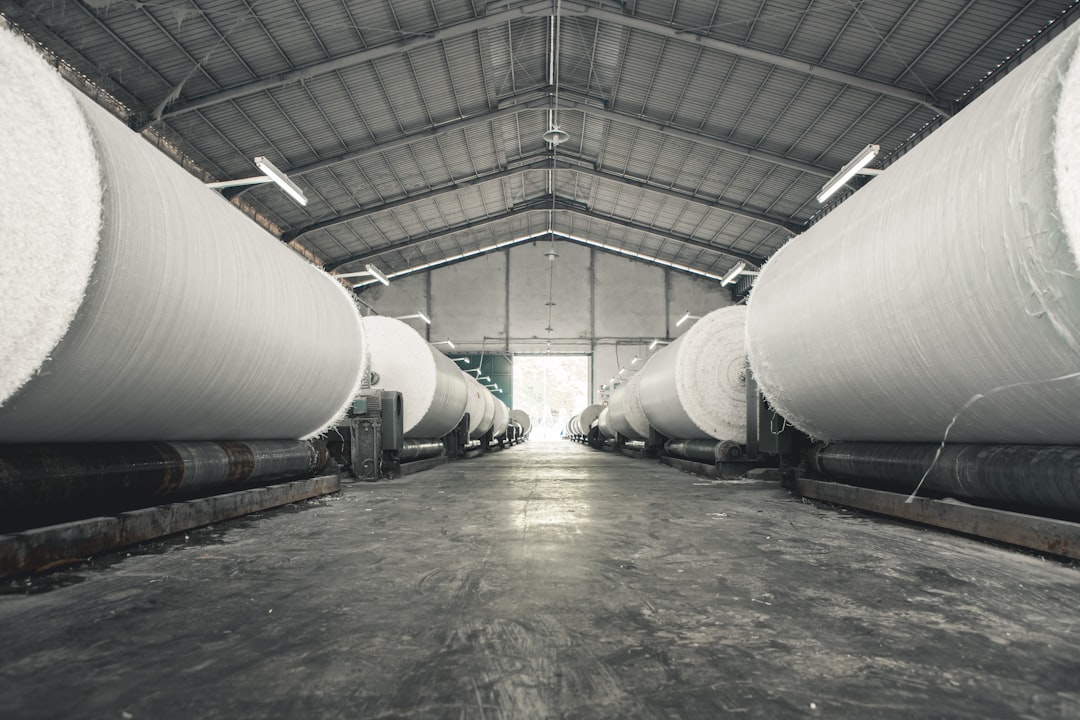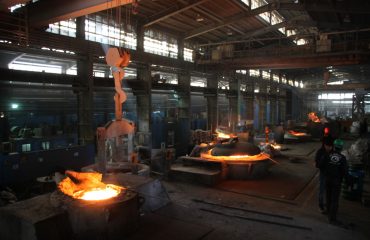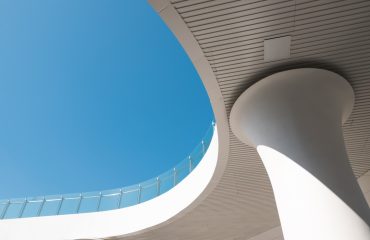body {
font-family: sans-serif;
line-height: 1.6;
}
h1, h2, h3 {
color: #333;
}
h1 {
font-size: 2.5em;
}
h2 {
font-size: 2em;
}
h3 {
font-size: 1.5em;
}
Steel pipes are the unsung heroes of shipbuilding, forming the crucial circulatory system of any vessel. From carrying vital fluids like fuel, water, and lubricants to supporting critical structural elements, their role is paramount to the safety and functionality of a ship. This comprehensive guide explores the multifaceted world of steel pipes in shipbuilding, covering their types, applications, crucial considerations, and future trends.
Types of Steel Pipes Used in Shipbuilding
The shipbuilding industry utilizes a variety of steel pipes, each chosen based on specific application requirements. These include:
- Carbon Steel Pipes: The most common type due to their strength, weldability, and cost-effectiveness. They are suitable for various applications, including water and fuel lines, but require proper corrosion protection in marine environments.
- Stainless Steel Pipes: Offer superior corrosion resistance, making them ideal for handling seawater, chemicals, and other corrosive substances. They are often used in high-pressure systems and applications requiring hygiene, such as food processing equipment onboard.
- Alloy Steel Pipes: These pipes possess enhanced strength and resistance to high temperatures and pressures, making them suitable for demanding applications like steam lines and high-pressure hydraulic systems.
- Duplex Stainless Steel Pipes: Combining the strength of carbon steel with the corrosion resistance of stainless steel, these pipes are increasingly popular in demanding marine environments where both high strength and corrosion resistance are crucial.
- Welded Pipes: Economical and widely used, welded pipes are manufactured by joining two steel plates along a seam. Their strength and performance depend heavily on the welding process and subsequent quality control.
- Seamless Pipes: Manufactured without welds, seamless pipes offer superior strength and pressure resistance compared to welded pipes. They are often preferred for high-pressure applications and critical systems.
Critical Standards and Specifications for Marine Steel Pipes
To ensure the safety and reliability of vessels, steel pipes used in shipbuilding must meet stringent international standards. These standards dictate material composition, dimensions, tolerances, testing procedures, and quality control measures. Some key standards include:
- ISO 3183: Specifies dimensions and tolerances for welded and seamless steel pipes.
- ASTM A53: Covers black and galvanized steel pipes for various applications, including shipbuilding.
- ASTM A312: Specifies requirements for seamless and welded austenitic stainless steel pipes.
- ABS (American Bureau of Shipping) and DNV GL (Det Norske Veritas Germanischer Lloyd): These classification societies set rigorous standards for materials and construction in the shipbuilding industry, ensuring compliance with safety regulations.
Adherence to these standards is crucial to guarantee the structural integrity and longevity of the pipes, preventing potential failures that could compromise the safety of the vessel and its crew.
Corrosion Protection for Steel Pipes in Shipbuilding
The harsh marine environment poses significant corrosion challenges to steel pipes. Prolonged exposure to seawater, salt spray, and other corrosive elements can lead to degradation, compromising the pipes’ integrity and causing leaks or failures. Effective corrosion protection is therefore paramount. Common methods include:
- Galvanization: A cost-effective method involving coating the pipes with zinc, which acts as a sacrificial anode, protecting the steel from corrosion.
- Painting: Applying multiple layers of specialized marine paints provides a barrier against corrosion. Regular inspection and maintenance are crucial for the effectiveness of paint systems.
- Coating with Epoxy or Polyurethane: These coatings offer superior protection against corrosion and abrasion compared to paints.
- Cathodic Protection: This electrochemical method uses an impressed current or sacrificial anodes to protect the steel pipes from corrosion by making them the cathode in an electrochemical cell.
- Internal coatings: For pipes carrying corrosive fluids, internal coatings are essential to prevent internal corrosion and contamination.
Applications of Steel Pipes Across Shipbuilding
Steel pipes find extensive use throughout a ship’s structure and systems. Key applications include:
- Fluid Transfer Systems: Carrying fuel, water, lubricating oils, chemicals, and other fluids throughout the vessel.
- Fire Protection Systems: Part of sprinkler systems and fire-fighting pipelines.
- Ballast Systems: Used for controlling the ship’s stability and draft.
- HVAC Systems: Transporting air for heating, ventilation, and air conditioning.
- Structural Support: Incorporated into the ship’s framework, providing structural strength and rigidity.
- Piping for Propulsion Systems: Essential components in engine cooling and lubrication systems.
The specific type and grade of steel pipe selected depend on the pressure, temperature, and corrosive nature of the fluid being transported, as well as the structural requirements of the application.
Future Trends in Steel Pipes for Shipbuilding
The shipbuilding industry is constantly evolving, and so too are the materials used in its construction. Future trends in steel pipes include:
- Increased use of high-strength steel: Allowing for lighter and more fuel-efficient vessels.
- Advanced corrosion protection techniques: Developing more durable and long-lasting coatings and cathodic protection systems.
- Smart pipes and sensors: Incorporating sensors to monitor pipe condition and predict potential failures.
- Sustainable materials and manufacturing processes: Reducing the environmental impact of steel pipe production and disposal.
- Lightweight and high-performance alloys: Further reducing weight and improving fuel efficiency while maintaining structural integrity.
These advancements aim to enhance the safety, efficiency, and environmental sustainability of ships, ensuring the continued vital role of steel pipes in marine construction.
Tags: steel pipes, shipbuilding, marine pipes, steel pipe standards, corrosion protection




